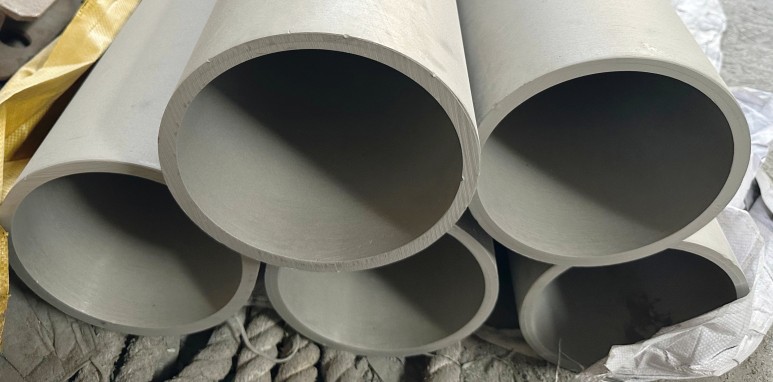-
About
-
Our Brand
-
Products
-
Community
Community
Blog
Blog
Process and purpose of seamless pipe post-processing
- Writer
- STEELTOPIA
- Date
- 24-03-28
Process and purpose of seamless pipe post-processing
Post-processing of seamless pipes is a crucial stage in both their production and utilization. These post-processing procedures play a vital role in enhancing the quality, longevity, and usability of the pipes. We will elucidate the commonly carried out post-processing procedures for seamless pipes and their respective purposes.

Heat Treatment: Heat treatment is employed to regulate the microstructure and physical attributes of seamless pipes. This enables enhancement in strength, hardness, and durability, or customization of the pipe to suit specific application conditions.
Cold Drawing: Cold drawing is utilized to reduce the diameter of seamless pipes and enhance surface finish. This process improves the precision and durability of the pipes and aids in enhancing corrosion resistance.
Cold Drawing and Annealing: Following the cold drawing process, cold drawing and annealing are commonly performed to harden and align the pipes, thus improving their durability.
Polishing: Polishing is employed to refine the surface finish of seamless pipes, reducing pipe slippage and enhancing aesthetic appearance.
Anti-Corrosion Treatment: To bolster the corrosion resistance of pipes, anti-corrosion treatment is carried out through methods such as plating, galvanizing, or paint treatment.
Cutting and Machining: Seamless pipes are cut and machined to specific dimensions to suit the usage environment. This process is essential for manufacturing parts or products that incorporate pipes.
Beveling: Beveling involves shaping the end of a pipe to facilitate pipe fitting or soldering.
Surface Finishing: Surface finishing of seamless pipes improves surface quality and establishes the surface finish suitable for a particular application.
Post-processing of seamless pipes may vary depending on the industry and the intended purpose for which the pipes are used.
Each step contributes to enhancing the quality and performance of the pipes.


 HOME
HOME